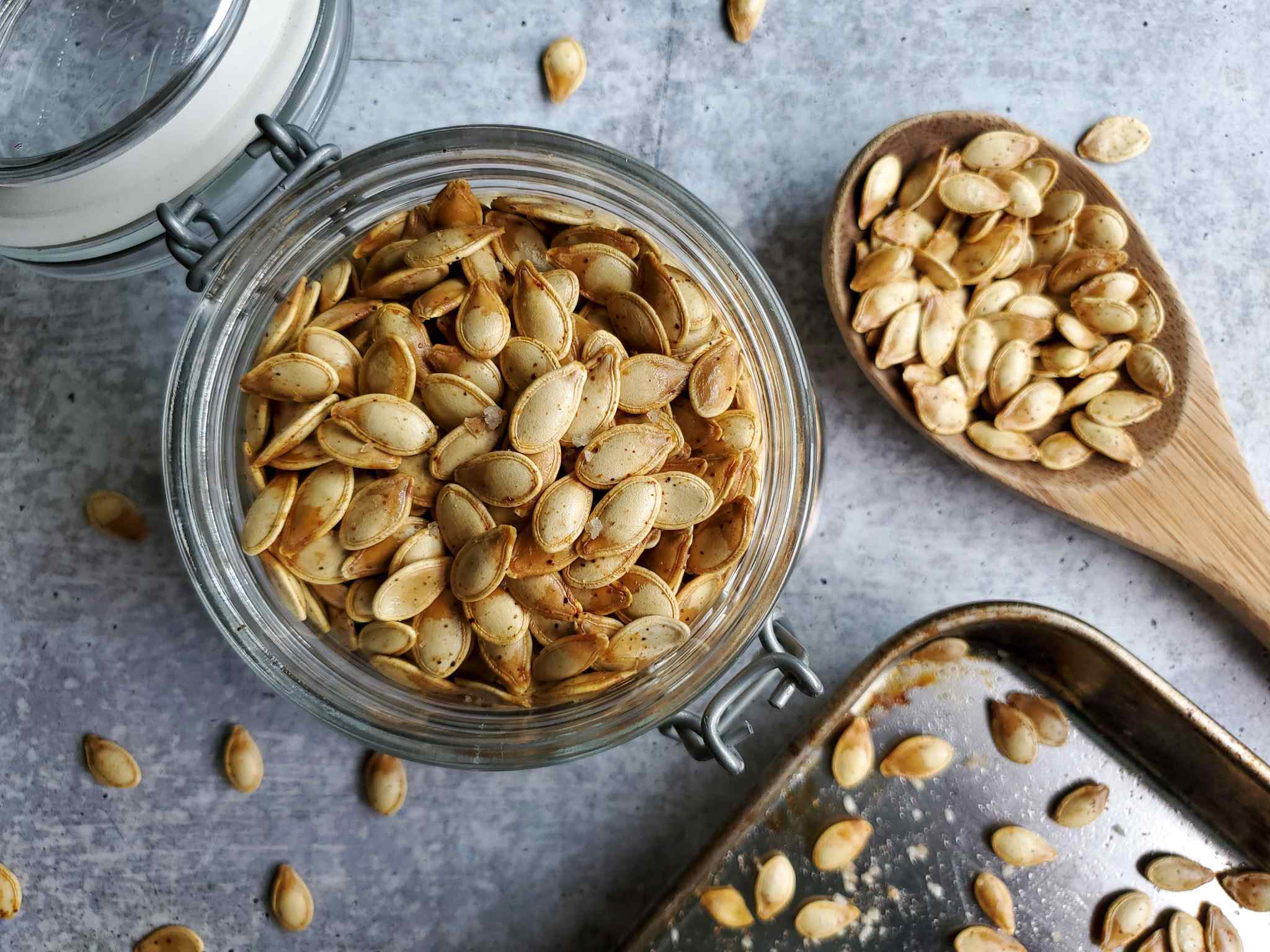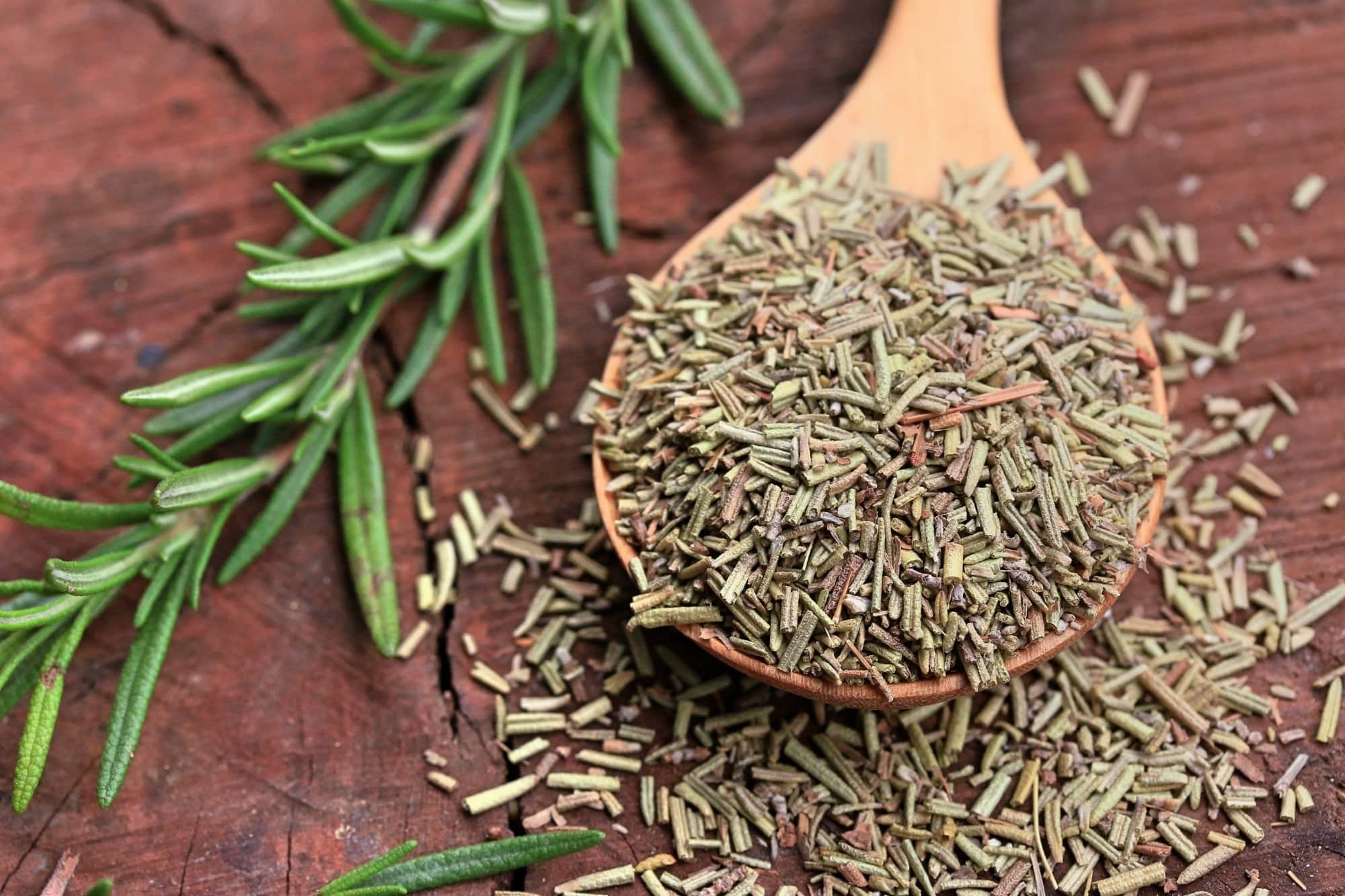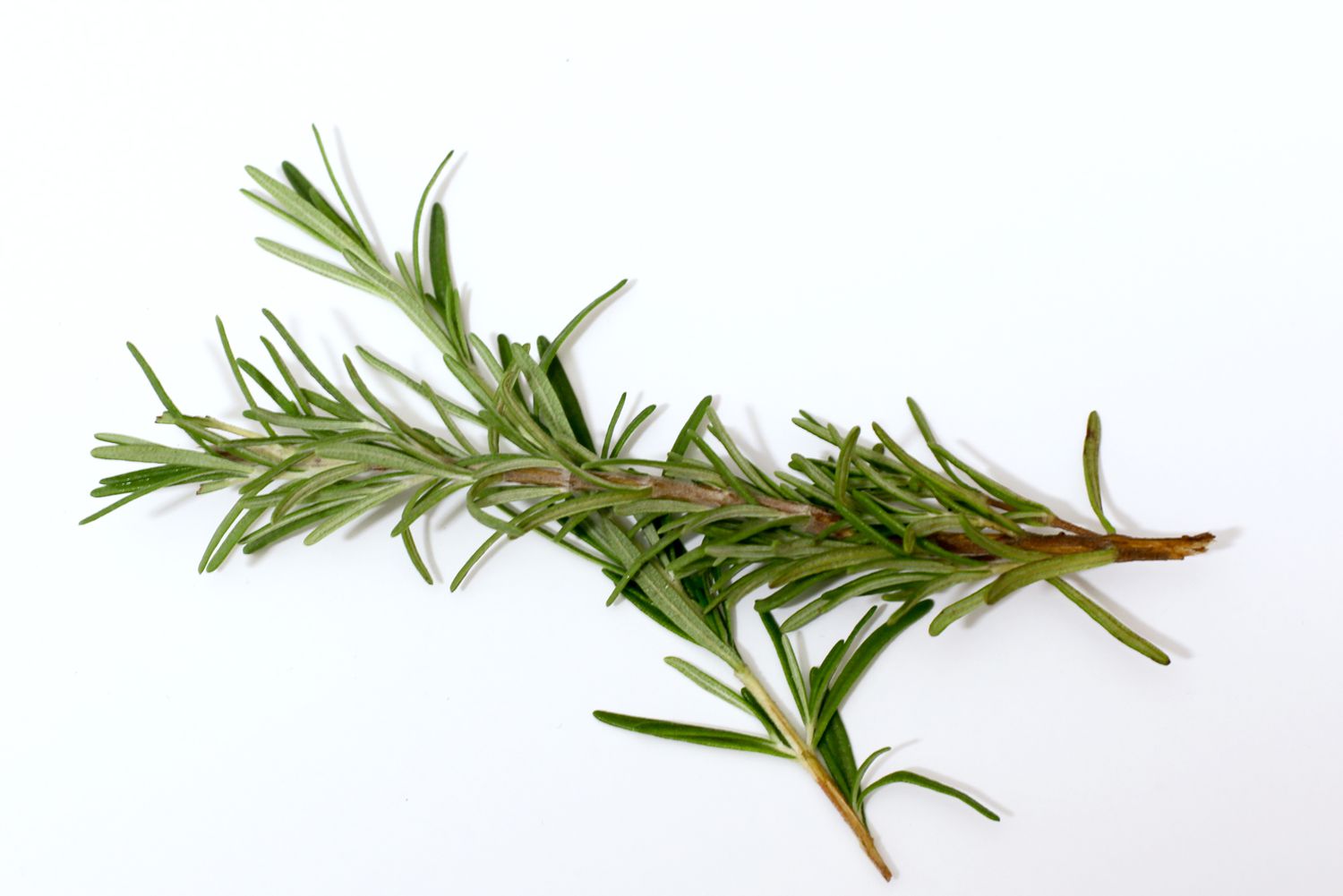Home>Gardening News and Trends>Latest News>How To Keep Fresh Vegetables Longer


Latest News
How To Keep Fresh Vegetables Longer
Modified: January 22, 2024
Discover the latest news on how to keep fresh vegetables longer with our helpful tips and tricks. Extend the shelf life of your produce and enjoy the benefits of fresh, nutritious food for longer
(Many of the links in this article redirect to a specific reviewed product. Your purchase of these products through affiliate links helps to generate commission for Chicagolandgardening.com, at no extra cost. Learn more)
Table of Contents
Introduction
When it comes to incorporating fresh vegetables into our diets, nothing beats the crunch and flavor of produce that is at its peak freshness. However, all too often, our well-intentioned purchase of vibrant veggies ends up in disappointment as they wilt and spoil much faster than anticipated. To make the most of your produce and reduce waste, it’s essential to know how to properly store them to extend their shelf life.
Proper storage techniques can significantly impact the lifespan of your vegetables. Factors such as temperature, humidity, and exposure to ethylene gas can either promote or hinder their freshness. In this article, we will dive into the best practices for storing fresh vegetables, including refrigeration tips, freezing techniques, and other effective methods to keep them crisp and flavorful for longer.
By implementing these strategies, you’ll not only reduce food waste but also save money and ensure that your vegetables remain nutritious for a longer period.
Proper Storage
Proper storage is the foundation for extending the shelf life of fresh vegetables. Here are some key guidelines to follow:
- Separate fruits and vegetables: Fruits release ethylene gas, which can speed up the ripening process of vegetables and cause them to spoil faster. Keep fruits and vegetables in separate areas or storage containers.
- Remove packaging: Remove any plastic packaging or rubber bands from vegetables before storing them. This helps prevent moisture buildup and allows for better air circulation.
- Inspect for damaged produce: Before storing, sort through your vegetables and discard any items that are bruised, damaged, or showing signs of rot. One spoiled vegetable can affect the freshness of the entire batch.
Following these basic guidelines will set the stage for maximizing the freshness and quality of your vegetables. Let’s now explore specific storage methods for different types of vegetables.
Refrigeration Tips
Refrigeration is a common method for keeping vegetables fresh, but it’s important to know the best practices to ensure optimal storage conditions:
- Temperature: Most vegetables thrive in a cool environment, ideally between 32 to 40 degrees Fahrenheit (0 to 4 degrees Celsius). Keep the temperature of your refrigerator at or below this range.
- Humidity: Some vegetables, such as leafy greens, prefer higher humidity levels to retain moisture. Store them in the crisper drawer of your refrigerator, which typically offers adjustable humidity settings.
- Do not wash before storing: Washing vegetables before refrigeration can promote moisture and encourage spoilage. Instead, wait to wash them just before use.
- Opt for breathable bags: Place vegetables that require refrigeration, such as carrots or broccoli, in perforated or breathable bags. This allows for air circulation and prevents moisture buildup.
By following these refrigeration tips, you can maintain the freshness and crispness of your vegetables for an extended period, ensuring they are ready and delicious when you need them.
Freezing Techniques
Freezing vegetables is an excellent preservation method that can help you maintain their quality for months. Here are some essential freezing techniques to keep in mind:
- Blanch before freezing: Blanching vegetables involves briefly immersing them in boiling water, then transferring them to an ice bath. This process helps retain their color, texture, and nutritional value. Blanching times vary depending on the vegetable, so be sure to follow specific guidelines.
- Proper packaging: Use freezer-safe containers or freezer bags to protect your vegetables from freezer burn. Squeeze out any excess air before sealing to prevent moisture from entering.
- Label and date: Always label your frozen vegetables with the name and date of freezing. This ensures you can easily identify and use them in a timely manner, following the recommended storage time for each vegetable.
- Individual freezing: For vegetables that tend to clump together, such as peas or diced squash, consider flash freezing them individually on a baking sheet before transferring to a freezer bag. This prevents them from sticking together and allows for portioning when needed.
Freezing vegetables is a handy option when you have an abundance of produce or want to preserve seasonal vegetables for later use. With these techniques, you can enjoy the flavors of fresh vegetables even during the off-season.
The Importance of Cleanliness
Maintaining cleanliness is vital when it comes to storing fresh vegetables. Proper cleaning practices not only remove dirt and potential contaminants but also help prevent the growth of bacteria and mold. Here are some key points to keep in mind:
- Wash before storage: Thoroughly wash vegetables before storing them, especially if you plan to store them in the refrigerator. This removes any dirt or residue that may contribute to spoilage.
- Use clean containers: Ensure that the containers or storage bags you use to store vegetables are clean and free of any lingering odors. Residual smells can be absorbed by the vegetables and affect their flavor.
- Avoid cross-contamination: Prevent cross-contamination by keeping different types of vegetables separate, both while cleaning and during storage. This prevents the spread of bacteria or mold from one vegetable to another.
By prioritizing cleanliness, you create a safe and hygienic environment for your vegetables, minimizing the risk of spoilage and extending their shelf life.
Utilizing Airtight Containers
Using airtight containers is a fantastic way to preserve the freshness and flavor of your vegetables. Here are a few reasons why utilizing airtight containers is beneficial:
- Prevents exposure to air: Airtight containers create a barrier that prevents air from entering and coming into contact with your vegetables. This helps reduce oxidation and slows down the spoilage process.
- Minimizes moisture: By sealing vegetables in airtight containers, you can limit their exposure to moisture, which can lead to decay and mold growth.
- Protects against contaminants: Airtight containers provide a secure barrier against outside contaminants, such as insects or bacteria, ensuring that your vegetables remain fresh and safe to consume.
When choosing airtight containers, opt for those specifically designed for food storage. Look for containers made of high-quality and BPA-free materials to ensure they are safe for storing your vegetables.
Remember to fill the containers only up to their recommended capacity, allowing enough space for the vegetables to breathe and preventing them from getting squished or damaged.
By utilizing airtight containers, you can significantly extend the shelf life of your vegetables while preserving their taste and nutritional value.
Avoiding Moisture Buildup
Moisture buildup can be detrimental to the freshness and longevity of fresh vegetables. Excess moisture can lead to rotting, mold growth, and a decrease in quality. To avoid moisture buildup, consider the following tips:
- Properly dry vegetables: Before storing, ensure that your vegetables are thoroughly dry. Pat them gently with a clean kitchen towel or use a salad spinner to remove excess moisture. Wet vegetables are more prone to spoiling quickly.
- Use moisture-absorbing materials: Place a paper towel or a clean, dry cloth at the bottom of the storage container. These materials help absorb excess moisture and keep the vegetables dry.
- Avoid overcrowding: Overcrowding vegetables in a container can trap moisture and impede air circulation, leading to moisture buildup. Make sure there is enough space for proper ventilation.
- Monitor the storage environment: Check the storage area regularly for any signs of condensation or excess moisture. If necessary, wipe down the area and ensure it is well-ventilated to prevent moisture buildup.
By taking precautions to prevent moisture buildup, you can significantly prolong the freshness and quality of your vegetables, ensuring they remain crisp and delicious for an extended period.
Wrapping Leafy Greens
Leafy greens, such as spinach, kale, and lettuce, are particularly delicate and prone to wilting. To extend their shelf life, it’s crucial to store them properly by following these wrapping techniques:
- Dry thoroughly: After washing leafy greens, gently pat them dry or use a salad spinner to remove excess moisture. Wet leaves can lead to spoilage and rotting.
- Wrap in paper towels: Place a layer of dry paper towels around the leaves to absorb any remaining moisture and prevent wilting. Be sure to replace the paper towels if they become damp.
- Store in a breathable bag: Transfer the wrapped leafy greens to a storage bag or container that allows for airflow. Perforated or breathable bags work well for this purpose.
- Avoid crushing: Handle leafy greens with care to minimize bruising or crushing, which can accelerate their degradation.
These wrapping techniques help maintain the crispness and freshness of leafy greens, allowing you to enjoy vibrant and nutritious salads or cooked dishes for a more extended period.
Storing Root Vegetables
Root vegetables, such as carrots, beets, and potatoes, have a higher starch content and require specific storage conditions to maintain their quality. Here are some guidelines for storing root vegetables:
- Remove greens: For root vegetables like carrots or beets with attached greens, separate the greens from the root before storage. The greens draw moisture from the roots and can impact their freshness.
- Store in a cool, dark place: Root vegetables do best in cool and dark environments to slow down sprouting and prevent them from becoming soft or shriveled. A basement, cellar, or pantry is ideal for storing these vegetables.
- Avoid plastic bags: Do not store root vegetables in plastic bags, as they can trap moisture and lead to rotting. Instead, use breathable containers or mesh bags to allow for proper air circulation.
- Inspect regularly: Check on your stored root vegetables periodically and remove any that show signs of spoilage. One rotten vegetable can spoil the whole batch.
By storing root vegetables in the right conditions, they will stay fresh and firm, allowing you to enjoy their earthy flavors and nutritional benefits for an extended period.
Extending Shelf Life with Vinegar
Vinegar is a versatile ingredient that can do more than add flavor to your dishes. It can also help extend the shelf life of certain vegetables. Here’s how you can use vinegar to preserve your produce:
- Make a vinegar rinse: Create a vinegar rinse by combining one part vinegar with three parts water. Soak your vegetables, such as berries or lettuce, in this solution for a few minutes before rinsing thoroughly with water. The vinegar helps kill surface bacteria and molds, extending the freshness of your produce.
- Store in a vinegar solution: Some vegetables, like cucumbers or onions, can be stored in a vinegar solution to prevent spoilage. Prepare a mixture of equal parts vinegar and water, and submerge the vegetables in the solution. This acidic environment restricts bacterial growth, keeping the vegetables crisp and fresh for a longer time.
- Revive wilted greens: If your lettuce or other leafy greens have wilted, you can revive them by soaking them in a bowl of cold water with a splash of vinegar. Leave them for a few minutes, then rinse and dry thoroughly before refrigerating. The vinegar helps to perk up the greens and restore their crispness.
It’s important to note that while vinegar can help extend the shelf life of certain vegetables, it may alter the taste slightly. Experiment with different dilutions or ratios of vinegar to water to find your preferred balance of preservation and taste.
By utilizing vinegar in these ways, you can prolong the freshness of your vegetables and reduce waste.
Using Ethylene Absorbers
Ethylene gas is a natural hormone released by certain fruits and vegetables that can speed up the ripening process and cause nearby produce to deteriorate more quickly. To combat the effects of ethylene gas and extend the shelf life of your fruits and vegetables, you can use ethylene absorbers. Here’s how they work:
- What are ethylene absorbers: Ethylene absorbers are small packets or sachets that contain specific materials that can trap and neutralize ethylene gas.
- How to use them: Place an ethylene absorber packet in the storage container or bag with your fruits and vegetables. The absorber will absorb the ethylene gas, slowing down the ripening process and prolonging the freshness of your produce.
- Best for certain produce: Ethylene absorbers are particularly useful for fruits like apples, bananas, and tomatoes, which produce higher amounts of ethylene gas. By using absorbers when storing these items, you can prevent premature ripening and keep your other vegetables fresh for longer.
- Replace regularly: Ethylene absorbers have a limited effectiveness and should be replaced every few months or as recommended by the manufacturer to ensure continuous protection against ethylene gas.
Using ethylene absorbers can help you maintain the quality and freshness of your fruits and vegetables, reducing waste and extending their shelf life. Incorporate these absorbers into your storage routine, especially when storing ethylene-producing produce.
Rotating Stock
Rotating stock is a simple yet effective method to ensure that your vegetables remain fresh and are used before they spoil. The concept of rotating stock involves organizing your produce so that the oldest items are used first, while newly purchased or harvested vegetables are stored for later use. Here’s why rotating stock is essential:
- Preventing spoilage: By using the oldest vegetables first, you reduce the chances of them going bad before you get a chance to consume them. This helps minimize waste and saves money.
- Maximizing freshness: Freshness is key to enjoying the best flavor and nutritional value of your vegetables. By utilizing a rotation system, you ensure that your vegetables are at their peak freshness when you use them.
- Maintaining an organized storage area: Rotating stock encourages you to keep your storage area well-organized. Proper organization allows for easier access to the vegetables, reducing the risk of forgetting about certain items or letting them go to waste.
To implement a rotating stock system, follow these steps:
- Label your vegetables with the purchase or harvest dates.
- Place newly acquired vegetables or fresher produce towards the back of your storage area or on top of older items.
- Regularly check and pull forward the older vegetables to the front of the storage area or at eye level, ensuring they are used before newer ones.
By adopting a rotation system, you can reduce the chances of forgetting about vegetables and optimize their freshness, ultimately leading to less waste and greater enjoyment of your produce.
Conclusion
Properly storing fresh vegetables is crucial to extend their shelf life, reduce waste, and ensure that they remain nutritious and delicious for longer. By following the guidelines and techniques discussed in this article, you can optimize the storage conditions for your vegetables and maximize their freshness:
- Separate fruits and vegetables to prevent the release of ethylene gas.
- Inspect vegetables for damage and remove any spoiled items.
- Utilize refrigeration for most vegetables, considering temperature and humidity needs.
- Take advantage of freezing techniques for long-term preservation.
- Maintain cleanliness to prevent the growth of bacteria and mold.
- Utilize airtight containers to protect vegetables from air exposure.
- Avoid moisture buildup by drying vegetables thoroughly and using moisture-absorbing materials.
- Wrap leafy greens to prevent wilting.
- Store root vegetables in cool, dark places using breathable containers.
- Extend the life of vegetables with vinegar rinses or solutions.
- Use ethylene absorbers to counteract the effects of ethylene gas.
- Implement a rotation system to use older vegetables before newer ones.
By implementing these practices, you can minimize waste, save money, and enjoy the flavors and nutritional benefits of fresh vegetables for an extended period. Remember to tailor the storage methods to the specific needs of each vegetable. So, never let your beautiful produce go to waste again and make the most of your fresh vegetables.






